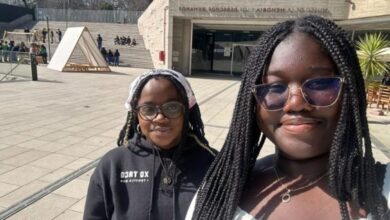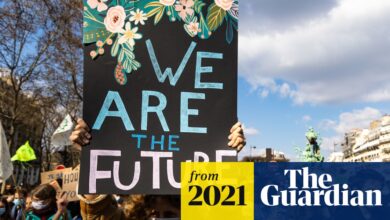Social Justice: What’s disability got to do with it?
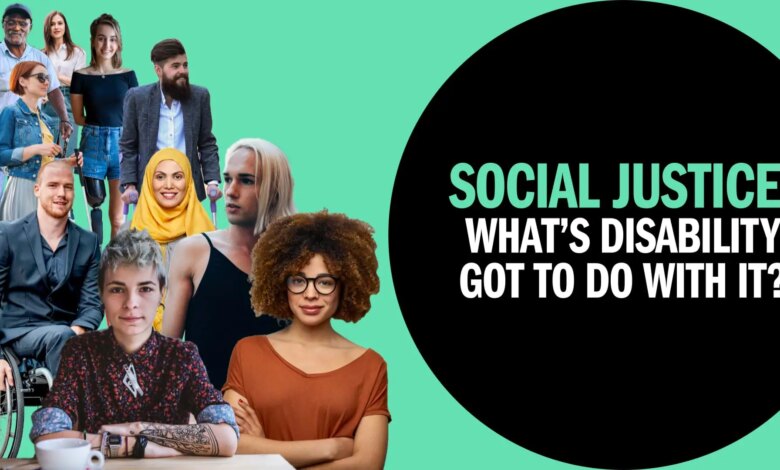
Advocates from the disability community highlight why a disability lens is essential to all of our social justice work and what you can do to accelerate our collective impact and build a fully inclusive world.
Video discussion guide
This video seeks to galvanize our understanding of disability identity, connect disability to other issues of identity, and spark interest in disability-inclusive changes in social justice organizations. The video is open-source and available for anyone to share within their organization as part of a learning agenda.
Social Justice: What’s disability got to do with it?
Video Discussion Guide
The following questions can help facilitate small group discussions after viewing the video. There are no “right” answers—open dialogue and ongoing learning, however, are key. Feel free to pick and choose the questions your group finds most relevant.
Discussion questions
- How does disability show up in your life? Is it something you find yourself thinking about?
- How did the video make you feel about disability identity? Are there ideas or concepts that feel uncomfortable to you and why do you think that is?
- How do you think disability identity is socially constructed, as opposed to simply a diagnosis? How might that impact your work?
- In what ways is disability identity similar to other identities? In what ways is it different?
- What are the different factors that might make disability self-disclosure difficult? How does that affect our work together toward social justice?
Toward organizational action
- In what ways does our organization perpetuate ableism (intentionally or not)? How would we identify these policies, practices, and behaviors?
- How might we begin to disaggregate data by disability or track our work with the disability community?
- What is one change we can each commit to, given our roles in this organization?
- What are the things you want to know more about?
Resources
Interested in learning more? Check out these resources:
- Listen to Disability Rights Are Civil Rights, a podcast from the Leadership Conference on Civil and Human Rights.
- Read the report Civic Engagement and People with Disabilities: A Way Forward through Cross-Movement Building published by the Lurie Institute for Disability Policy.
- Read about the Disability Justice framework in the book Skin, Tooth, and Bone by Patty Berne and Sins Invalid or the article “What is Disability Justice?”. Sins Invalid also offers political workshops on issues such as Ableism and Disability Justice for Allies.
- Read the Black Disabled Woman Syllabus, compiled by Ramp Your Voice’s Vilissa Thompson, to find resources, readings, and additional information at the nexus of race, gender, and disability.
- Learn about the Inclusion@Work Framework from the Employer Assistance and Resource Network on Disability Inclusion (EARN), which outlines the key components of a disability-inclusive workplace, along with strategies to achieve them.
- Explore inclusive employment resources and advice on how to make meetings and events more accessible, collated by the Presidents’ Council on Disability Inclusion in Philanthropy.
- Follow disability twitter hashtags like #CripTheVote, #SpoonieChat, and #NoBodyIsDisposable to track what the community is discussing.
We encourage you to share Social Justice: What’s Disability Got to Do with It? using the hashtag #DisabilityDemandsJustice. To continue your learning journey around disability inclusion, please visit There Is No Justice without Disability.
This piece is part of Disability Demands Justice, a dynamic, ever-evolving hub to deepen our understanding of how disability intersects with social justice.
Explore the stories
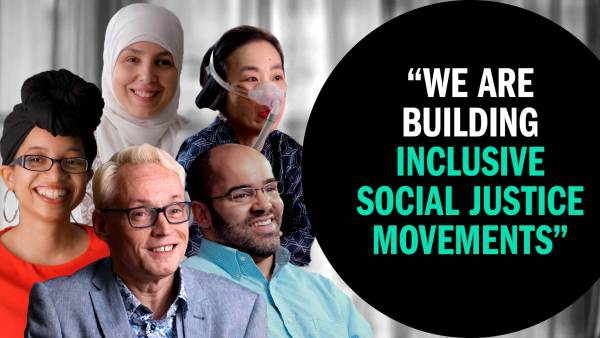
There is no justice without disability
Over one billion people in the world are living with a disability. We need to expand our definition of justice. To create a truly inclusive world, we need to recognize how disability intersects with issues of social justice. Racial justice, economic justice, and gender justice cannot exist without disability justice.
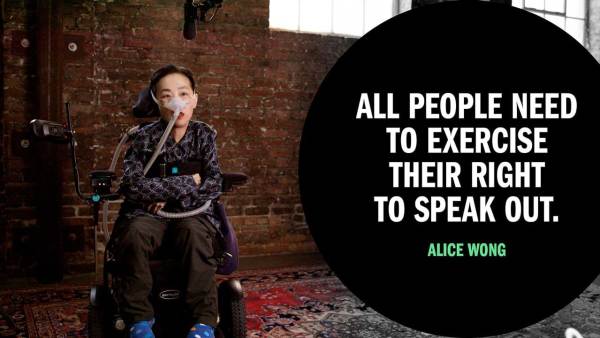
Political Participation & Disability, featuring Alice Wong
The right to vote is a fundamental part of building a thriving democracy in which all citizens can become active, engaged participants. People with disabilities face obstacles to political participation that need to be addressed in the journey to inclusion.
Source link


